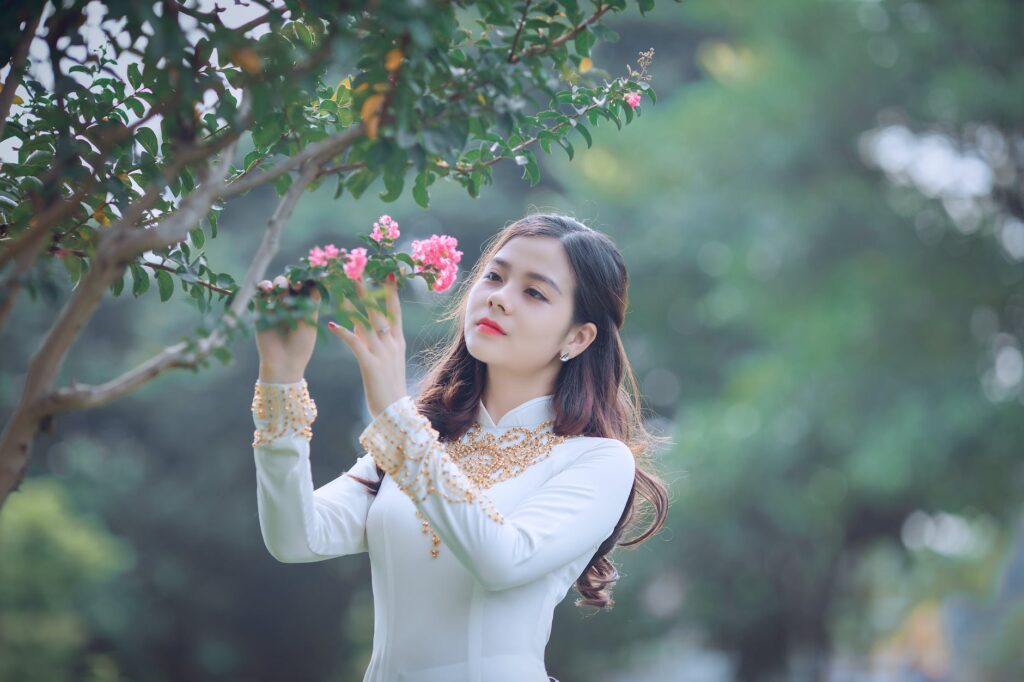Urdu poetry, a mesmerizing symphony of words and emotions, has long grappled with the stark realities of wealth and poverty. From the gilded cages of opulence to the dusty alleys of deprivation, poets have woven tales of disparity, etching in verse the timeless struggle between the rich and the poor.
Rich and Poor Life in Urdu Poetry
“Resham pehen ke bhi meri qeemat na barh saki
Khaddar bhi us kay jism pe mehenga bohut laga
FARHAT ABBAS SHAH”
“Gariibii amiirii hai qismat kaa saudaa
milo aadmii kii tarah aadmii se
HAIRAT GONDVI”
“amiirii aur Gariibii dekh kar ye faisle karnaa
amiir-e-shahr tere faisle achchhe nahii.n lagte
ARSHAD SAD RUDAULVI”
“Kya Janeeay Kese Ye Safar Saath Kate Ga
Haalat Mere Sehra Tere Haalaat Samandar
ZESHAN SAJID”
“ham Gariib logo.n ke aaj bhii vahii din hai.n
pahle kyaa asiirii thii aaj kyaa rihaa.ii dii
BASHIR BADR”
Ameer or Ghareeb Pe Urdu Shayari
“amiir se hai ta.alluq na ye Gariib se hai
sukuun-e-qalb mayassar magar nasiib se hai
SHAUKAT WASTI”
“haraam me.n vo nahii.n lutf jo halaal me.n hai
ki murG-o-maahii kii lazzat hamaarii daal me.n hai
RAUF RAHEEM”
“kisii Gariib apaahij faqiir kii ‘mohsin’
kisii amiir ne baisaakhiyaa.n churaa lii hai.n
MOHSIN EHSAN”
“barpaa kiyaa gayaa thaa Gariibii miTaa.o jashn
shaamil the is me.n shahr ke saare amiir log
HOSH JAUNPURI”
“kisii udaas aa.nkh ke asiir ho ga.e
ba.De Gariib log the amiir ho ga.e
HINA AMBAREEN”
Ameeri or Ghareebi in Two Lines Ghazal
Two lines from Mirza Ghalib, arguably the crown jewel of Urdu poetry, capture the essence of this dichotomy: “Ishq mein dhoondne waale aa gaye hain jaane par/Haseenon ke darwaze band hain gharbat ke maare huein” (Even in love, the seekers are turned away at the doors of the beautiful, those slain by poverty). Ghalib’s poignant verse speaks volumes about the cruel irony – love, often romanticized as a great equalizer, becomes another battleground where wealth dictates access and acceptance.
While Urdu abounds with verses extolling the allure of wealth, depicting lives adorned with silks and jewels, feasting on exotic delicacies, and basking in the warmth of marbled palaces, a deeper strain critiques the hollowness of such luxury. Faiz Ahmed Faiz, a Pakistani icon, poignantly captures this sentiment in his poem “Dhoop”: “Wo jo mehlo mein rehte hain unhen kya khabar/Zamana kis tarah guzarta hai gharibon ke basti mein” (Those who reside in palaces, how can they know/How time passes in the settlements of the poor?). Faiz’s words pierce through the gilded facades, exposing the emptiness of lives devoid of empathy and connection.
Poverty in Urdu Poetry
Ghurbat, or poverty, finds an even more profound voice in Urdu poetry. Mir Taqi Mir, the 18th-century maestro of pathos, paints a heart-wrenching picture of hunger and despair in “Nazm Naala-e-Mir”: “Mir gham khane ko gham nahin milta/Bhook se roye to kya kare koi” (Mir, even sorrow is not found to eat/What can one do if they cry from hunger?). These stark verses resonate with the harsh realities of millions in modern Pakistan and India, where a 2019 World Bank report estimated that 21% and 22% of the population, respectively, live below the national poverty line.
In contrast, the Instagram age has birthed a new trend in Urdu poetry – one that flaunts wealth and privilege with unapologetic swagger. Hashtags like #shaan and #zameen shine alongside verses depicting lives of extravagant travel, designer labels, and opulent gatherings. While these portrayals may offer a glimpse into a different reality, they often lack the depth and nuance of the classic critiques of wealth and its pitfalls.
Conclusion
Ultimately, Urdu poetry remains a powerful mirror reflecting the complexities of human existence, including the enduring struggle between the rich and the poor. From the lamentations of Faiz to the braggadocio of Instagram verses, each voice adds a thread to the tapestry, reminding us that the human experience, in all its contradictions, finds resonance in the beauty and depth of Urdu verse.tunesharemore_vertadd_photo_alternate




